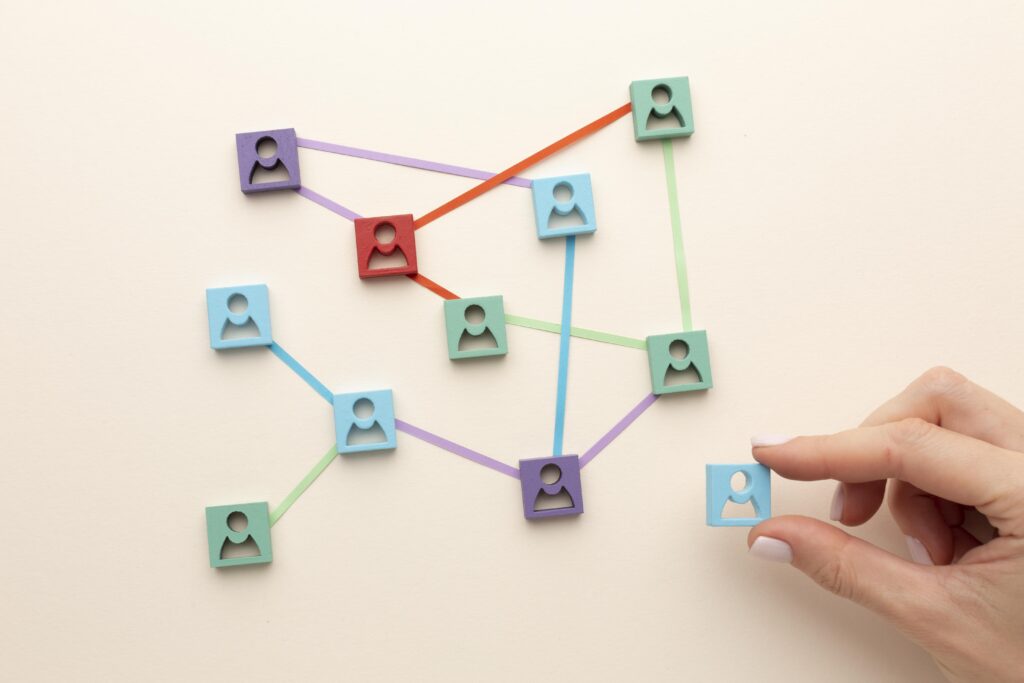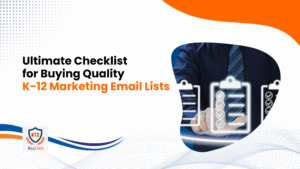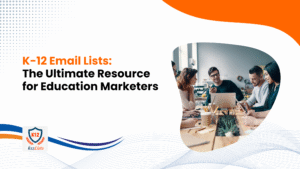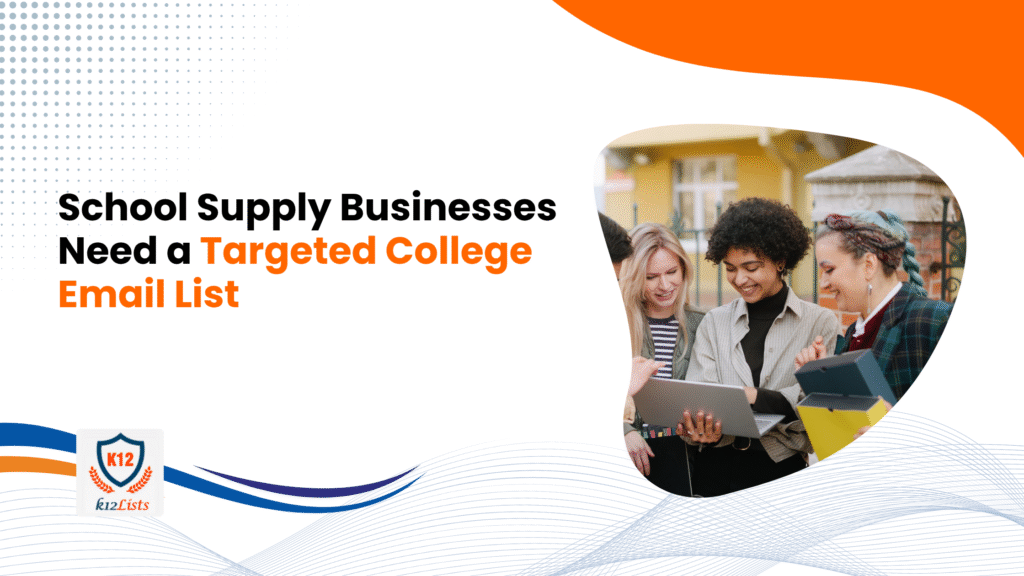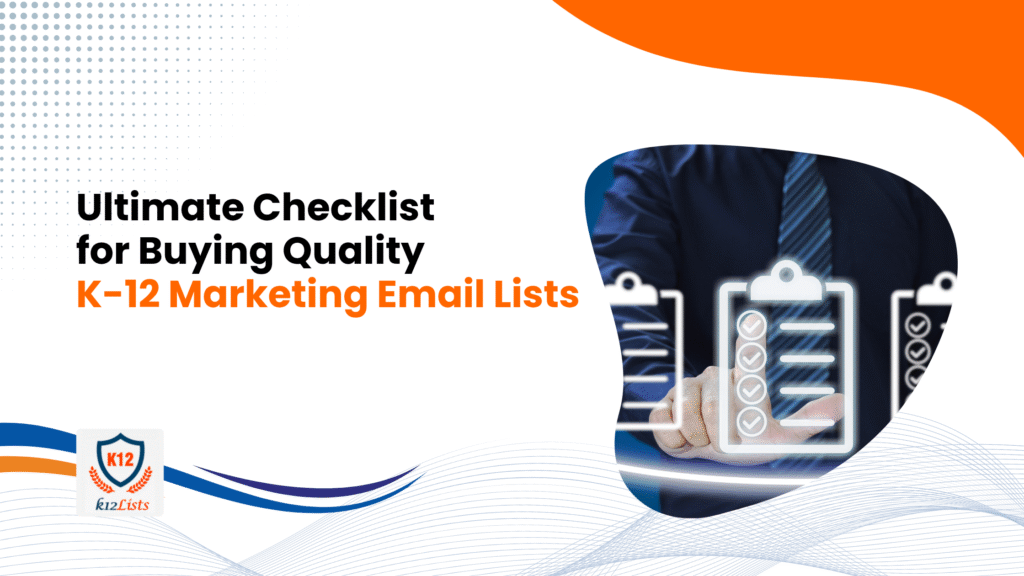In the bustling world of education, every educator’s inbox is a battlefield. With countless messages vying for attention, how can your school supply company, EdTech solution, or professional development program truly stand out? That’s where segmentation comes in.
This article will delve into how a meticulously segmented approach can transform your K12 email campaigns from mere messages into highly targeted conversations, fostering deeper engagement and maximizing your return on investment.
What is Email Segmentation (and Why It Matters in the K12 Sector)?
Segmentation is the practice of dividing your email list into smaller, more focused groups based on shared characteristics. Instead of sending the same message to your entire audience, you tailor the message to fit the unique needs of each segment.
In the K-12 education space, this is crucial. A school principal in a rural district has very different priorities than a STEM coordinator in a large urban district. Likewise, an email about school furniture won’t be relevant to a librarian looking for new digital learning tools.
Segmentation allows marketers to deliver the right message to the right person at the right time—and in education, timing and relevance can make or break your outreach.
Benefits of Segmentation in K12 Email Marketing Campaigns
So, what’s the big deal about segmentation? Here are some real-world benefits that marketers targeting the K12 sector are already experiencing:
Higher Open and Click-Through Rates
When recipients feel like an email was written specifically for them, they’re more likely to open it. Segmented campaigns often outperform non-segmented ones by a wide margin in both open and click-through rates.
Increased Engagement and Interaction
Sending personalized content to curriculum directors about math resources, for instance, ensures your content resonates. That means more clicks, more replies, and more engagement overall.
Better Conversion Rates
If your product or service fits a specific educational need, segmentation ensures it lands in the inboxes of decision-makers who are most likely to act.
Improved Customer Relationships
Educators are bombarded with messages. Tailoring your approach shows you respect their time and understand their challenges, building trust over time.
Smart Strategies for Segmenting K12 Email Lists
Wondering how to slice and dice your K12 email list effectively? Here are several tried-and-true segmentation methods:
By Role or Job Title
Segment your list by job function—principals, superintendents, IT coordinators, counselors, librarians, and so on. Tailor your messaging based on what matters to them.
By Grade Level or School Type
Are you marketing elementary-level reading tools or high school science lab equipment? Segment by grade levels (K-5, 6-8, 9-12) or by school type (public, private, charter).
By Geographic Location
Target emails based on district, state, or region. This is especially useful if your offering is aligned with local curriculum standards or state-specific funding opportunities.
By Purchase History or Past Behavior
Have some contacts clicked on previous emails or downloaded your whitepapers? Segment based on engagement levels to send more relevant follow-ups.
By Interests or Needs
Use survey data or interaction tracking to group educators by specific interests—STEM, classroom management, professional development, digital learning, etc.
These strategies can be used individually or in combination for even more precise targeting.
Best Practices for Personalized Email Content That Converts
Once your list is segmented, how do you create content that resonates with each group? Here are some best practices:
✍️ Personalize, But Don’t Overdo It
Use first names in subject lines or greetings, and reference their school or role when appropriate. Just make sure it feels natural, not robotic.
🧠 Speak Their Language
A tech coordinator will respond better to jargon like “network bandwidth” or “device compatibility,” while a teacher may prefer terms like “lesson plans” or “classroom tools.”
📌 Focus on Value, Not Just Features
Instead of saying “Our platform has adaptive assessments,” say, “Help your students learn at their own pace with adaptive assessments that adjust to their needs.”
🧪 A/B Test Your Content
Try different subject lines, content structures, or CTAs for each segment to see what works best.
🧭 Provide Clear Calls-to-Action
Make it easy for recipients to take the next step—whether that’s downloading a guide, scheduling a demo, or signing up for a webinar.
Conclusion
In today’s competitive education market, segmentation isn’t just a nice-to-have—it’s a must-have. Educators are busy, and their inboxes are full. If your message doesn’t speak directly to their needs, it’s likely to get lost in the shuffle.
Whether you’re promoting school supplies, EdTech tools, STEM curriculum, or professional development workshops, segmentation helps ensure your message reaches the right audience in the right way.
At K12 Lists, we’re here to help you stay ahead of the curve. Our carefully curated and regularly updated K-12 educator email lists make segmentation simple and effective. We provide detailed data by job role, school level, location, and more—so you can focus on creating messages that matter.
Ready to make your K12 email marketing campaigns smarter and more successful?
Let’s talk about how segmentation can help you connect with the right educators—at the right time.

